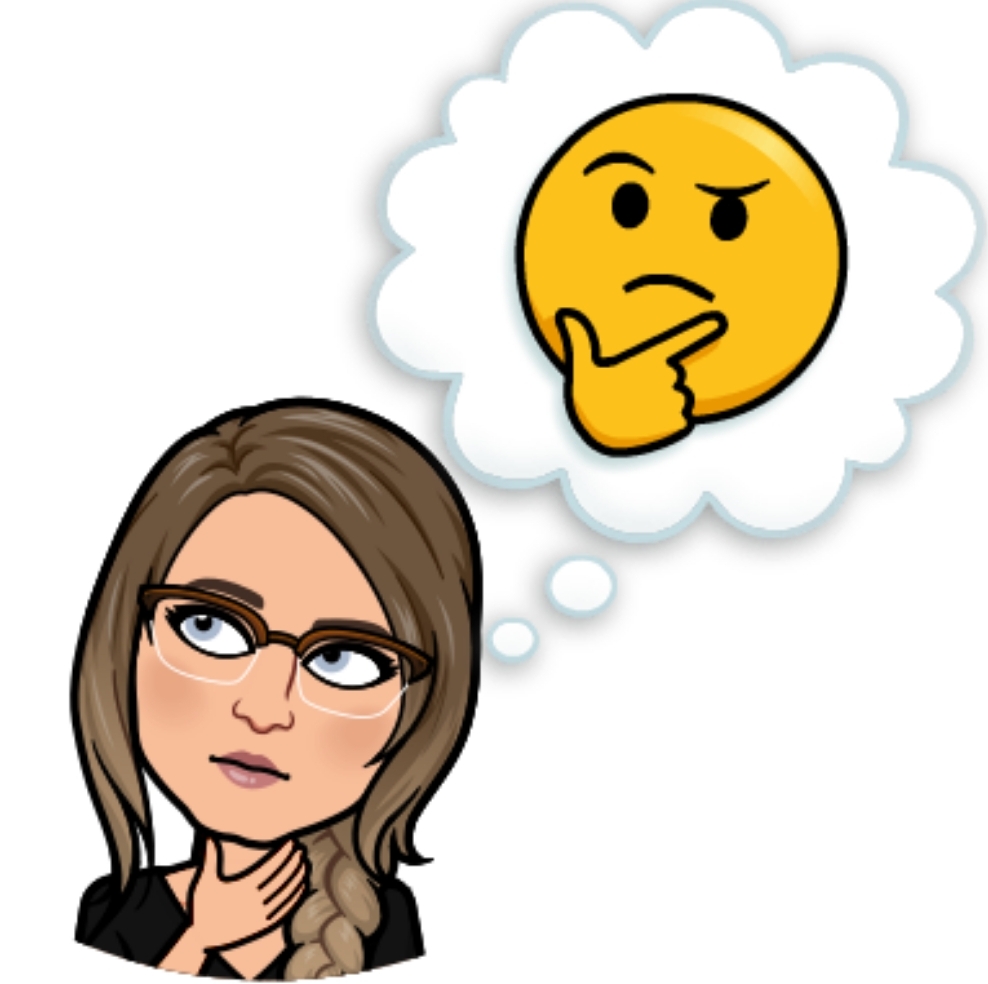Acknowledging and Battling the Uncertainty of Teaching
In Chapter 3 of Kevin Kumashiro’s (2006), Against Common Sense Teaching and Learning Toward Social Justice, Kumashiro discusses that teachers teach in a state of uncertainty.
What does teaching in uncertainty mean?
According to Kumashiro, teaching in uncertainty means that teachers do not know the hidden lessons they are teaching their students, and therefore do not know what their students are really learning from their lessons. In the chapter, Kumashiro discusses an example involving two different teachers. He then recounts how his own students speculated what these teachers’ students were learning from the way that the teachers taught. The speculations of Kumashiro’s students were varied, but their speculations also highlighted the fact that each student has a different lens in which they view the world and will, therefore, interpret a teacher’s teaching in a different way dependant on the student’s individuality.

How Teaching in Uncertainty will Impact my own Teaching
Knowing that it is nearly impossible to predict or know what my student’s are learning from the way that I teach will make me more mindful of not only what I teach, but how I teach it as well. This mindfulness will encourage me to learn and observe the frames of reference each of my students’ bring to the classroom and can help me better predict when unintentional messages in my teaching could be harmful or contradictory to my intentional message.
What it Means to Teach
In my frame of reference to teach means to serve as a guide that helps students understand themselves and the world around them. A teacher is meant to encourage students to learn about themselves and the world around them so that they treat both with care and respect. Teaching also means to consistently be reevaluating and criticizing your own frame of reference and the world around you in order to learn and grow from your biases or witnessed oppression. Kumashiro discusses that we should be “radically rethinking what it means to teach in,” this idea has influenced my perception of what it means to teach (p. 41). It has influenced my perception by encouraging me to reevaluate what I believe a teacher’s role is and how teaching should be done. From this idea, I have concluded that it is essential for a teacher to consistently be in a state of reevaluation of their own practices and the world around them.
How to Address the Hidden Curriculum and Battle the Uncertainty of Teaching

I believe that the best way for a teacher to address the uncertainty of teaching and the hidden curriculum is to first understand that each student will view your teaching in a different way, and therefore each student will learn different lessons. This understanding can help a teacher predict and combat unintentional lessons from the hidden curriculum (and their teaching) that students learn. I also think that it would be beneficial for teachers to ask students questions about the messages they are learning from their teaching, and encourage them to be honest about their answers. This tactic can highlight what impact your teaching has on your students and will provide feedback on how to be more mindful of your teaching.